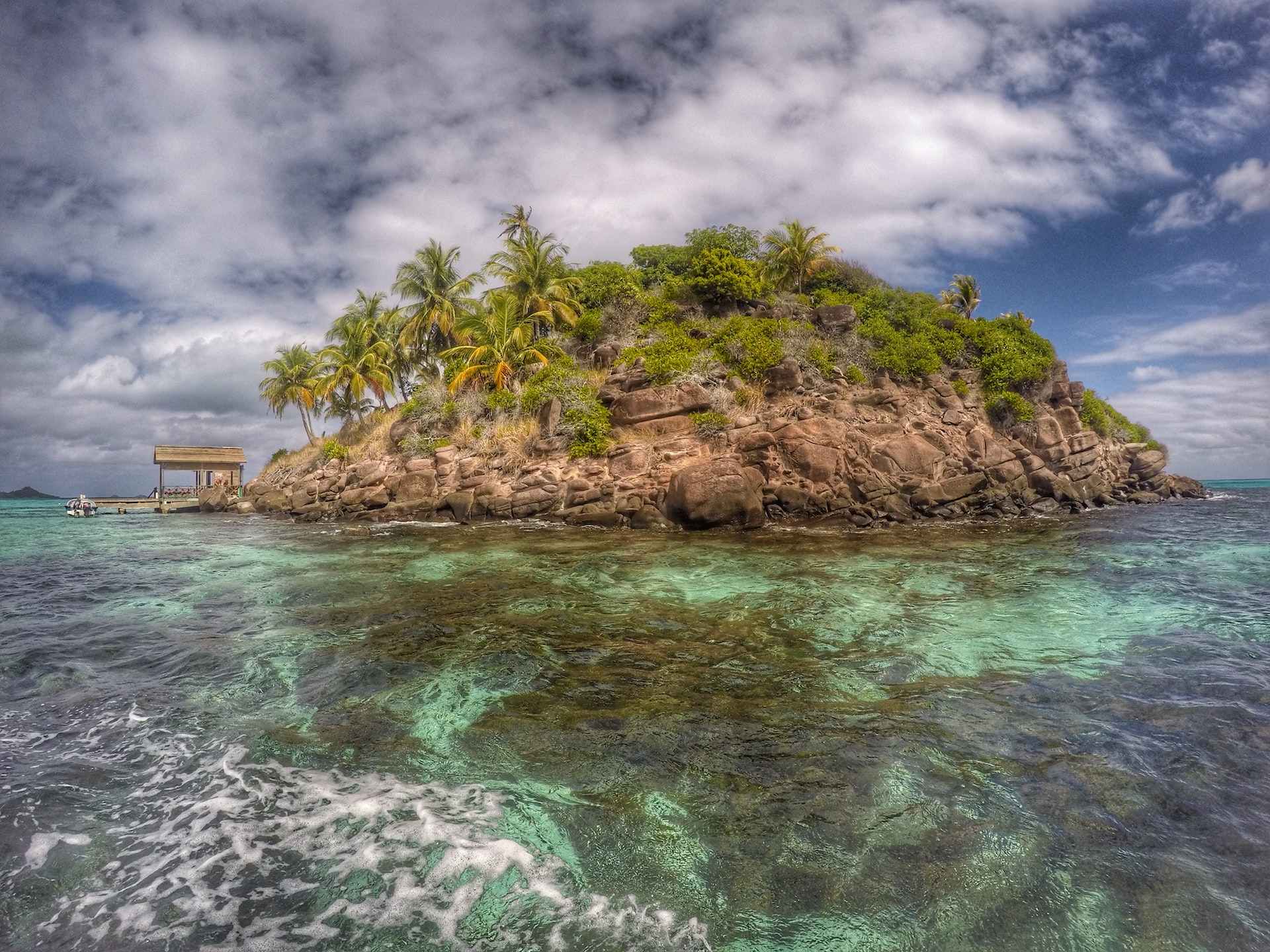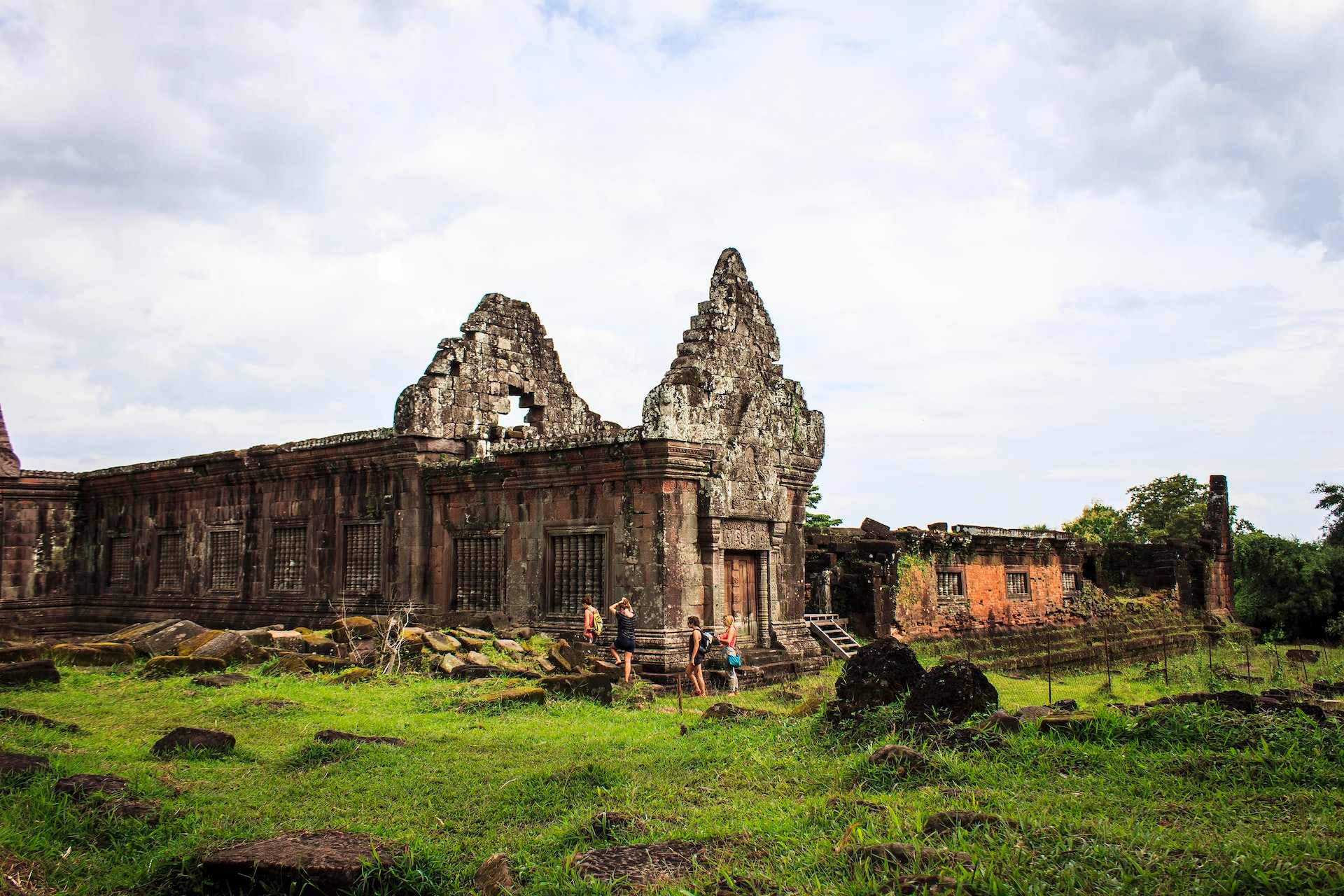Cebu museums are a great way to learn about the rich culture and history of the island. There are several popular museums in Cebu that offer a wide range of exhibits and special events. In this article, we will take a closer look at each of the most popular museums in Cebu, providing as much information as possible about the types of art and artifacts on display, special exhibitions, history and background, and availability of guided tours.
1. Casa Gorordo Museum
The Casa Gorordo Museum is located in the historic Parian District of Cebu City. The museum is housed in a 19th-century heritage house that was once the residence of a wealthy Cebuano family. The house has been restored and converted into a museum, featuring exhibits of Cebuano culture and lifestyle during the Spanish colonial period.
Art and artifacts on display
The museum features a collection of antique furniture, pottery, religious artifacts, and other items that were used in everyday life during the 19th century. Visitors can also see the traditional Cebuano bahay na bato, or stone house, which was typical of the houses built by the wealthy during the Spanish colonial period.
Special exhibitions
The museum regularly holds special exhibitions showcasing the culture, history, and art of Cebu. These exhibitions feature a wide range of items, including paintings, sculptures, and other works of art.
History and background
The Casa Gorordo Museum is housed in a 19th-century heritage house that was once the residence of a wealthy Cebuano family. The house was built in the 1850s and was passed down through several generations before being converted into a museum.
Guided tours
Guided tours are available for visitors to the museum, providing an in-depth look at the exhibits and the history of the house and its inhabitants.
2. Yap-Sandiego Ancestral House
The Yap-Sandiego Ancestral House is located in the historic Parian District of Cebu City. The house is a well-preserved example of a traditional Cebuano bahay na bato, or stone house, and is one of the oldest houses in Cebu City.
Art and artifacts on display
The house is a living museum, featuring a collection of antique furniture, pottery, religious artifacts, and other items that were used in everyday life during the 19th century. Visitors can also see the traditional Cebuano bahay na bato, or stone house, which was typical of the houses built by the wealthy during the Spanish colonial period.
Special exhibitions
The house does not regularly hold special exhibitions, but it is open for visits and tours.
History and background
The Yap-Sandiego Ancestral House is a well-preserved example of a traditional Cebuano bahay na bato, or stone house. The house was built in the 1600s and was passed down through several generations of the Yap-Sandiego family before being converted into a museum.
Guided tours
Guided tours are available for visitors to the house, providing an in-depth look at the history and culture of the house and its inhabitants.
3. Cebu Taoist Cemetery
The Cebu Taoist Cemetery is located in the city of Cebu and is one of the most unique and interesting cemeteries in the Philippines. The cemetery is home to a large number of elaborately decorated tombs and mausoleums, many of which are works of art in their own right.
Art and artifacts on display
The cemetery is home to a large number of elaborately decorated tombs and mausoleums, many of which are works of art in their own right. The tombs are decorated with intricate carvings, statues, and other embellishments, and many of them are painted in bright colors. Visitors can also see a variety of traditional Chinese and Taoist symbols, such as dragons and lions, on the tombs.
Special exhibitions
The cemetery does not regularly hold special exhibitions, but it is open for visits and tours.
History and background
The Cebu Taoist Cemetery was established in the late 19th century by Chinese settlers in Cebu. It is a traditional Chinese cemetery, and many of the tombs and mausoleums were built according to traditional Chinese customs and beliefs.
Guided tours
Guided tours are available for visitors to the cemetery, providing an in-depth look at the history, art, and culture of the cemetery and its inhabitants.
4. Jose R. Gullas Halad Museum
The Jose R. Gullas Halad Museum is located in the city of Cebu and is dedicated to the history and culture of Cebuano Visayans. The museum features a variety of exhibits and artifacts related to the history and culture of the Visayan people.
Art and artifacts on display
The museum features a variety of exhibits and artifacts related to the history and culture of the Visayan people. Visitors can see traditional clothing, weapons, household items, and other artifacts from the Visayan people, as well as a collection of photographs and other historical documents.
Special exhibitions
The museum regularly holds special exhibitions showcasing the culture, history, and art of Cebuano Visayans. These exhibitions feature a wide range of items, including paintings, sculptures, and other works of art.
History and background
The Jose R. Gullas Halad Museum was established in honor of Jose R. Gullas, a prominent Cebuano politician and philanthropist. The museum was established to preserve and promote the history and culture of Cebuano Visayans.
Guided tours
Guided tours are available for visitors to the museum, providing an in-depth look at the exhibits and the history of the Visayan people.
In conclusion, these museums in Cebu offer an excellent opportunity for visitors to learn about the rich culture and history of the island. From the Casa Gorordo Museum to the Jose R. Gullas Halad Museum, each of these institutions has its own unique charm and a wealth of information to share. Whether you’re interested in art, history, or culture, there’s something for everyone at these popular Cebu museums.



